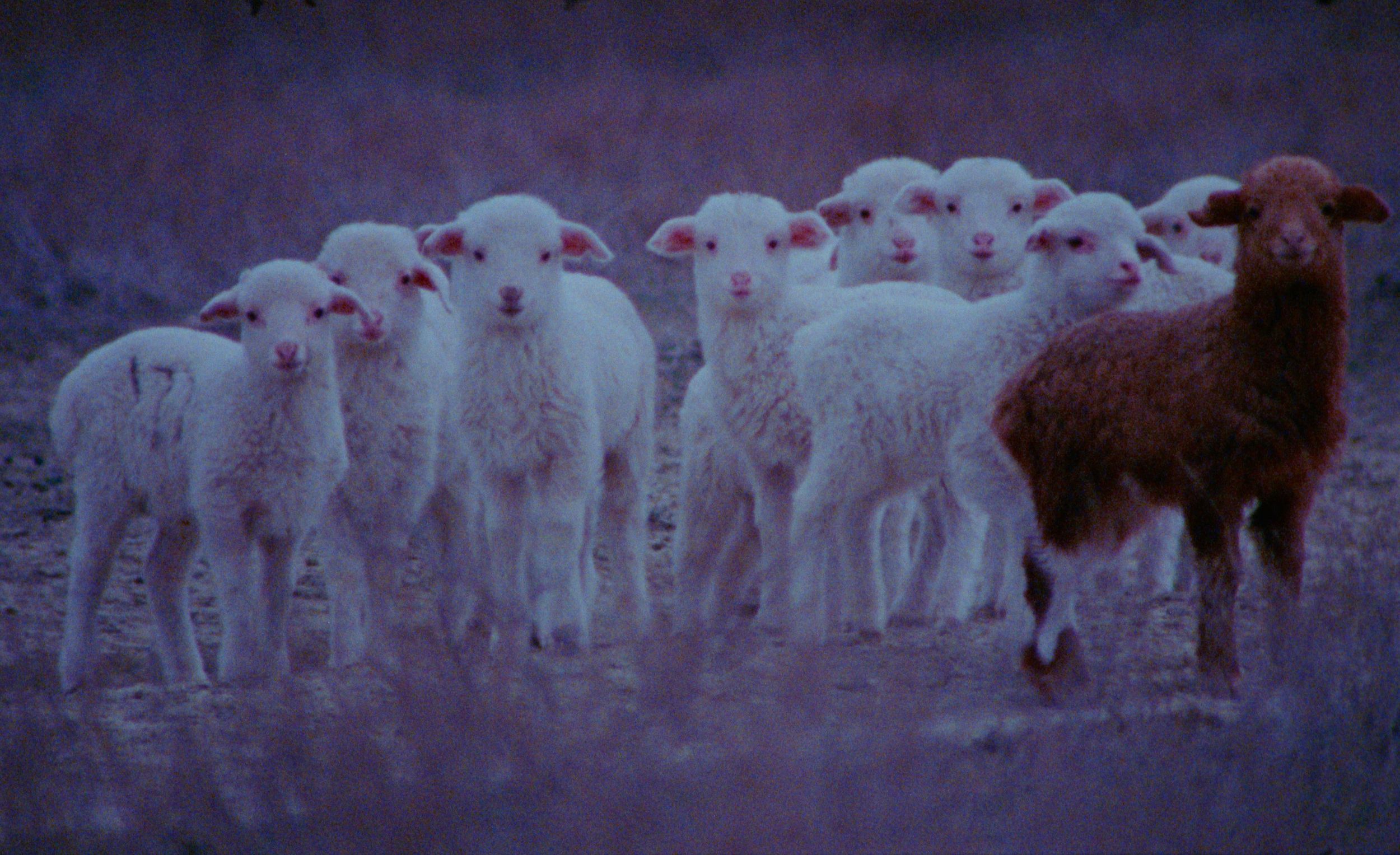Over a period of 16 months, herders in the Georgian region of Tusheti guide vast flocks of sheep back and forth between the snow-covered Caucasus peaks and the remote Vashlovani steppes. The herders are transient figures in this dialogue-free film, leaving barely a trace in the landscape.
There are no protagonists here; not even among the sheep and lambs that pass before the camera, though the film offers an affectionate tribute to the species as a whole, including moments of tenderness. Their fleeces take on the colors of the landscape and the weather, changing from near-white to rich shades of purple. The flock and the herders follow the rhythms of the sun, the moon, and the seasons. Like a river, they move in fluid harmony, finding their way.
Everything changes as they approach the inhabited world, where different rules apply. Signs of human presence are everywhere: felled trees, oil derricks, and impatient, honking cars. This rapidly changing world stands in stark contrast to the repetitive patterns of traditional migration, which preserves knowledge that has accumulated over centuries.
Stills

































